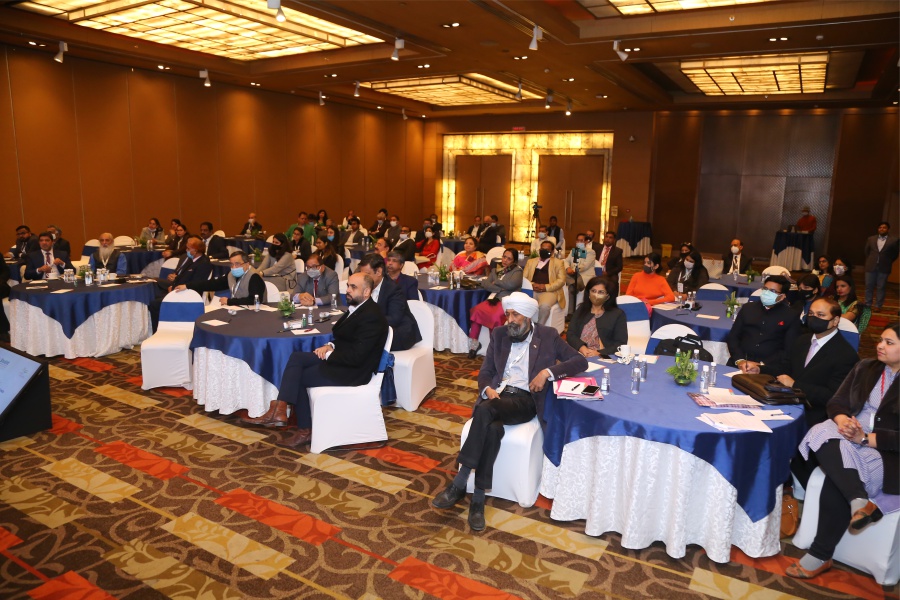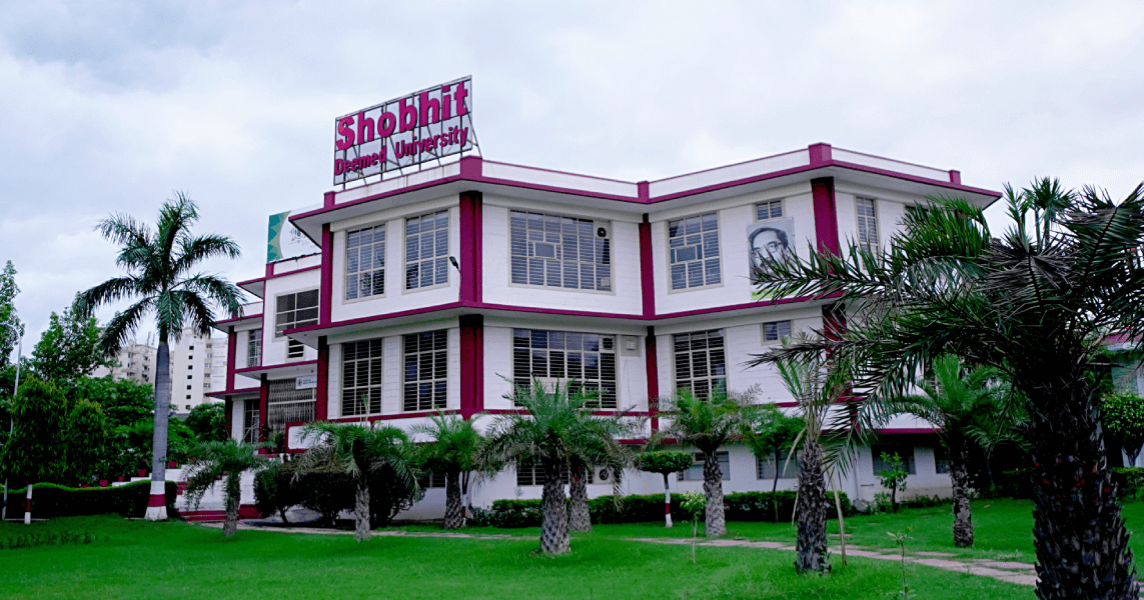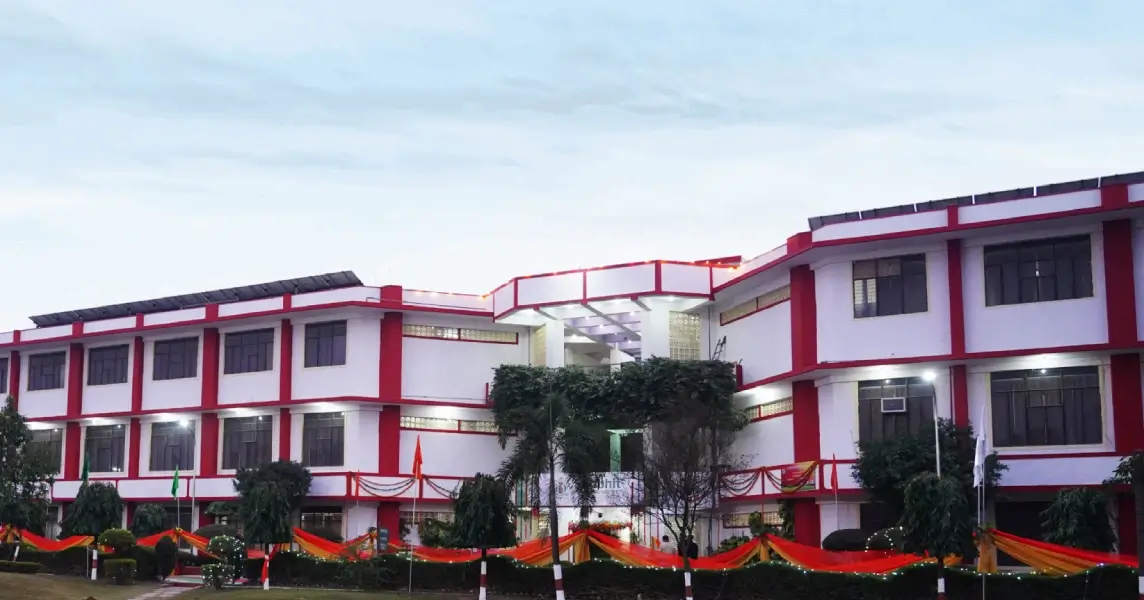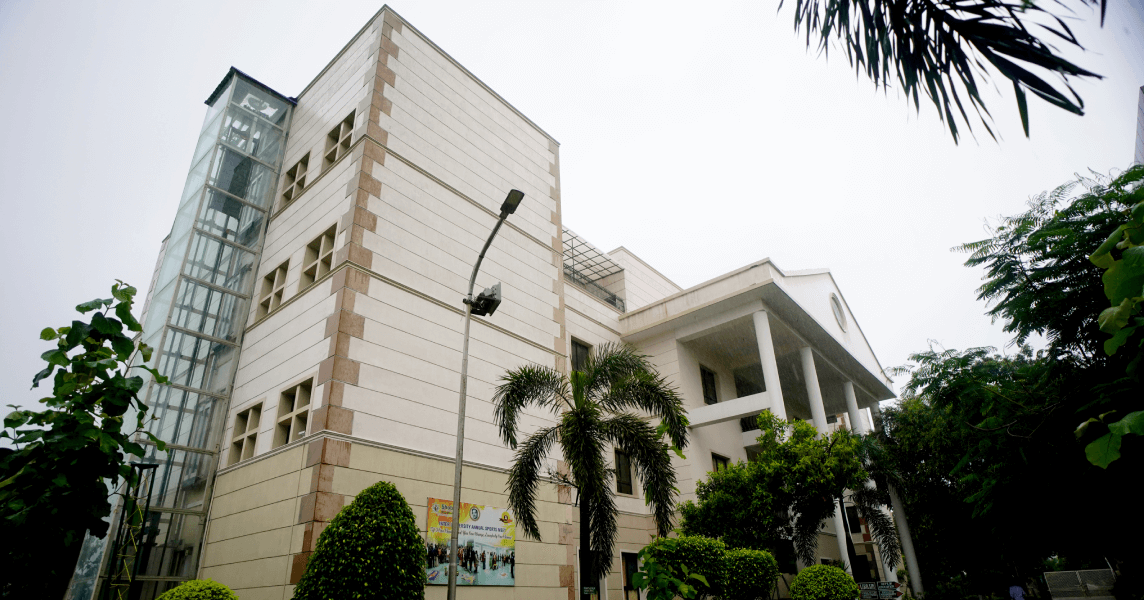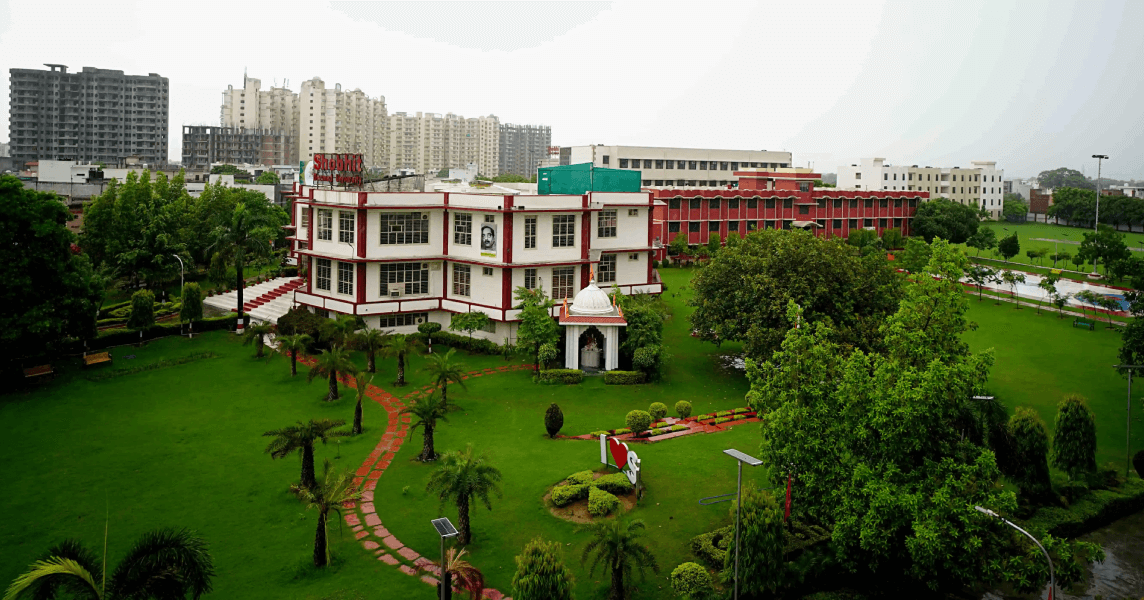|
Objectives of the Practice:
|
- To develop a policy advocacy paper on “Doubling Farmers Income by 2022” and “Open Source
Digital Technology” as per the mission of Hon’ble Prime Minister of India, Sri Narendra Modi
ji towards adoption of Atmanirbhar Bharat
- To motivate youths for Agri-business, block chain, food processing, organic farming,
floriculture, handmade paper, water filters, bio-fertilizers and similar technologies to
enhance the skills of youths to gain employment
- To motivate and galvanize rural youths for establishing Tech StartUps in Farm as a
Business (FaaB).
|
|
The Context:
|
- Rural economy confronts with its sheer complexity, inadequate factors of production,
weather uncertainties, multiplicity of schemes and multiplicity of institutions.
- Indian farmer needs timely, location-specific, and personalized information for effective
control on their production, risks and then market their produce to identified market
opportunities.
- Lack of awareness of farmers for modern smart technology for agriculture, food processing,
reduction of post-harvest losses
- Transport of food products especially perishable items
- Many National level Programs viz., Digital India 2015, Make in India 2015, Skill India
2015, StartUp India 2015 and StandUp India 2015, have faced operational difficulties at
grassroots level.
|
|
The Practice:
|
Practice and Its Uniqueness
- 54 Webinars held through National Webinar Series on “Doubling Farmers’
Income by 2022”
- 54 Webinars on “Open Source Digital Technologies towards Self-Reliant
India”
- 3 Webinars through National Webinar on Skill Empowerment by International
Skill Development Centre (ISDC)
- National Webinar on Post Covid19: Uttar Pradesh Sustainable Development
2025, by COE (CADMS) of the University, M/s HPMI and CAFM (IIM), Lucknow.
- More than 10 trainings have been organized to train several students for start-ups in
agriculture related business
- Food testing trainings were organized in collaboration with FSSAI mobile food testing
laboratory
- Workshops on production of bio-fertilizers and biogas from kitchen waste have been
organized
- Workshops on agri-business related skills have been organized
- SIET is advising on production of vinegar from all types of sugary juice materials
- Farmers were trained for Yogic agriculture in collaboration with Brahmkumari
Vishwavidhyalaya
- 4-week skill oriented training on “Artificial Insemination” sponsored by Government of
India was organized in collaboration with S.V.P. University of Agriculture & Technology,
Meerut.
- 5th Global Outreach Conference on Agriculture was organized in February, 2020 in
collaboration with GOREA
- International Conference on “Modern Approaches on Smart Agriculture” (MASA-2020) was
organized in collaboration with ITDS, Ghaziabad
- Several other activities like workshops, conferences and trainings were organized to
create awareness for agri-business related ‘startUps”.
|
|
Evidence of Success
|
- 10 Project Proposals for enabling POC in the State of Uttar Pradesh.
- National Federation of Fishers Cooperatives Ltd. (FISHCOPFED), New Delhi, signed MOU with
the University to work on Fisheries Informatics Network Value Chain.
- African – Asian Rural Development Organization (AARDO), New Delhi got
associated with the International Webinar Series, to promote in its 33 Member
Countries.
- Ministry of Electronics and Information Technology (MeitY) has agreed to incorporate
suggestions given in the “Note on Strategic Need for Development of Digital Assets
and Regulation of Data Centre in India” of the University.
- Two start-ups have been motivated and soon will take shape
- Various students of SIET and other Universities have been trained and motivated
- Awareness has been created to change the mindset of public towards agriculture as a
profitable business
- Farmers have been motivated for organic cultivation of crops.
- 108 Webinars were conducted which ended with one day National Conference on “Strengthening
The Vision of Shri Narendra Modi ji, Hon’ble Prime Minister of India-“Atmanirbhar Bharat”
with Focus on Agriculture & Digital Technology” held on 11th December, 2021 at Hotel
Le-Meridian in Delhi as part of 75th Azadi ka Amrit Mahotsava” which was chaired by Dr.
Ashok Dalwai, IAS & Chairman, Doubling Farmers Project by 2022. Prof. Dr. Anil D.
Sahasrabudhe, Hon’ble Chairman AICTE and Mr. Bhuwnesh Kumar, IAS and Joint SecrEtary,
Ministry of Electronic and Information Technology, Government of India were the keynote
speakers.
- Several M.o.Us and StartUps have been started under this program and proceedings of
webinars will be published
|
|
Problems Encountered and Resources Required
|
- Funding is the major problem
- We need huge financial resources and man power to contact the farming class to train them
for modern smart agricultural technology.
|
|
Notes (optional)
|
- The Government should focus and concentrate on agriculture sector for overall increase of
GDP as 57-60% of population depends on agriculture and most of the raw materials of other
industry are provided by Agriculture sector.
|

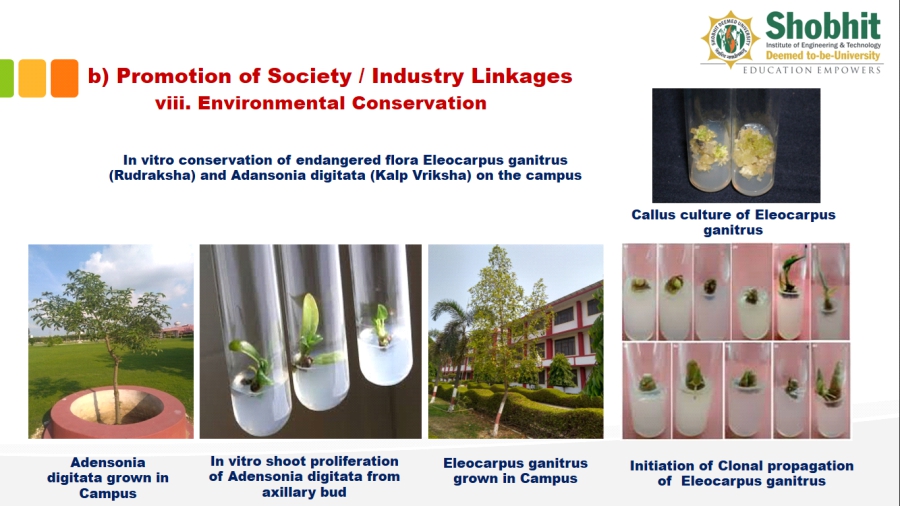
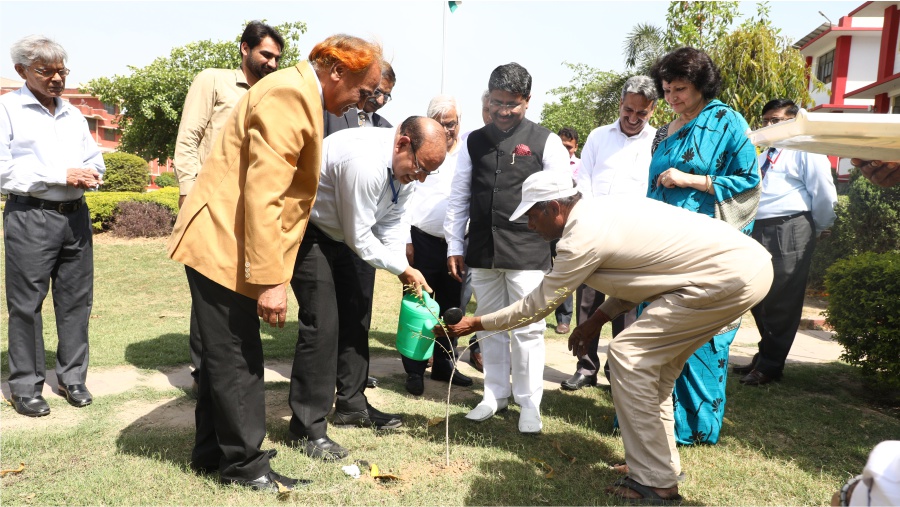
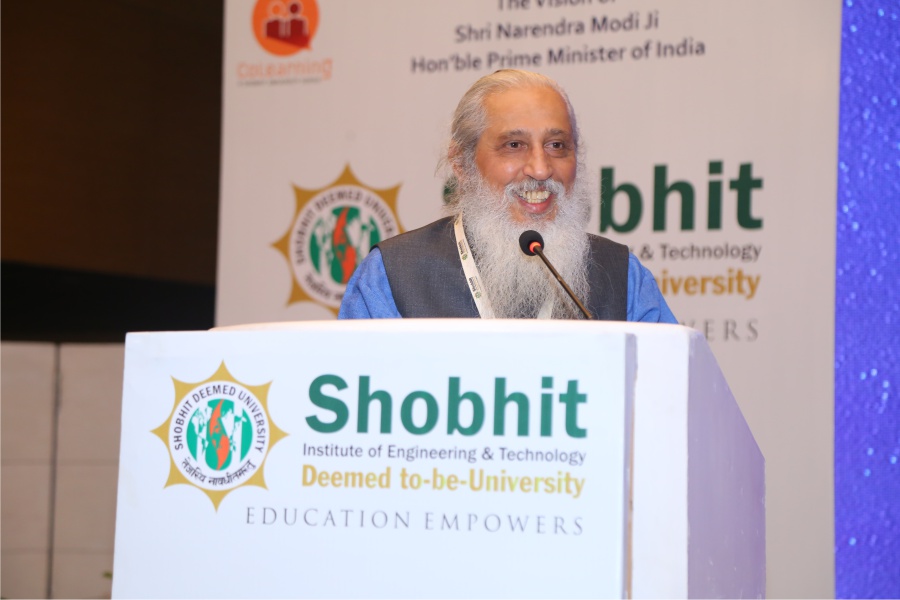 Dr. Anil Sahasrabudhe, Chairman, All India Council of
Technical Education (AICTE), Ministry of Education, Government of India, New Delhi
Dr. Anil Sahasrabudhe, Chairman, All India Council of
Technical Education (AICTE), Ministry of Education, Government of India, New Delhi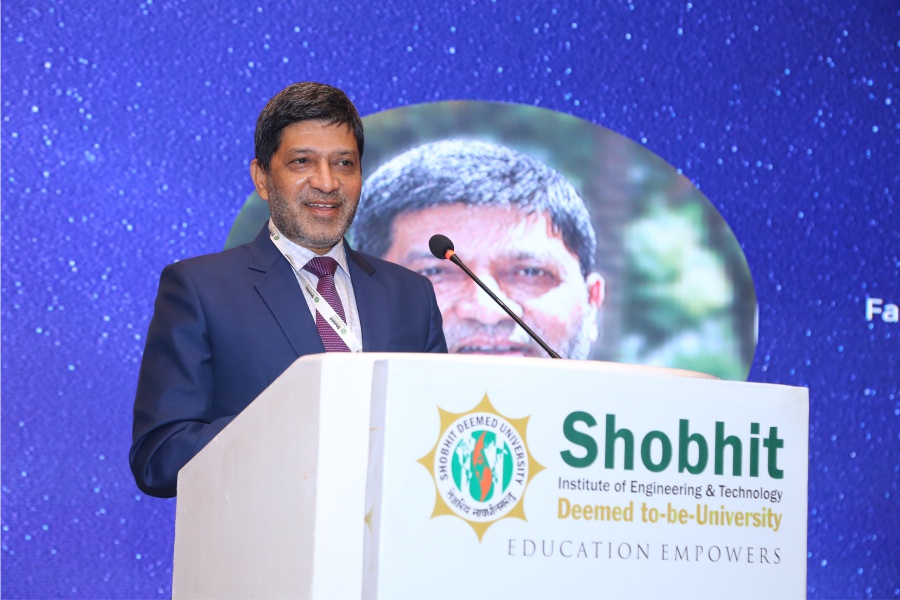 Dr. Ashok Dalwai, IAS, Chairman, Doubling Farmers’ Income by
2022 Committee & CEO, NRAA, Ministry of Agriculture and Farmers Welfare, Government of India,
New Delhi
Dr. Ashok Dalwai, IAS, Chairman, Doubling Farmers’ Income by
2022 Committee & CEO, NRAA, Ministry of Agriculture and Farmers Welfare, Government of India,
New Delhi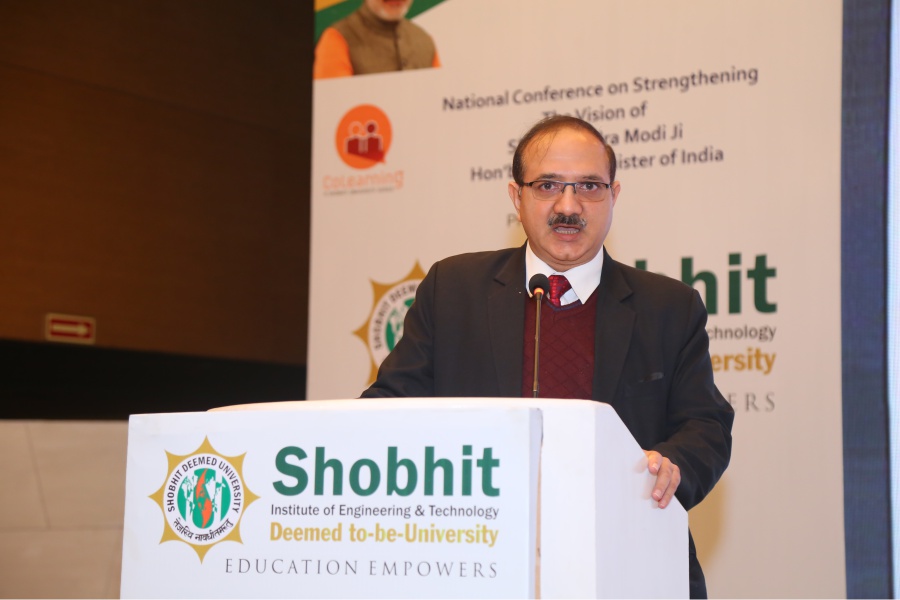 Mr. Bhuvanesh Kumar, IAS, Joint Secretary, Ministry of
Electronics and Information Technology, Government of India, New Delhi
Mr. Bhuvanesh Kumar, IAS, Joint Secretary, Ministry of
Electronics and Information Technology, Government of India, New Delhi